SOCIAL PROGRAMME
Excursions
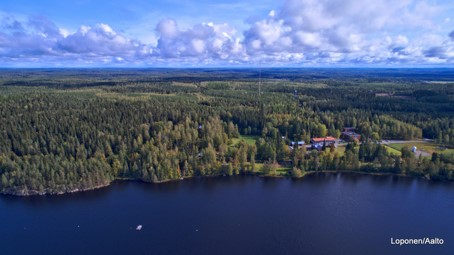
- Date: Monday 23rd June
- Cost: 60 €
- Capacity: 100 participants max
- Departure: 8:00 am
The eLTER Site Hyytiälä SMEAR II is located at the 124-years-old Hyytiälä Forestry Field Station, owned by the University of Helsinki.
Situated in the middle of boreal mixed-coniferous forest, with several small lakes and wetlands nearby, the station provides a home for teaching and research on forest sciences, and has simultaneously evolved into an international hub of multidisciplinary top-level research. Four ESFRI infrastructures (eLTER, ICOS, ACTRIS and AnaEE) are co-located at the station, which offers year-round services for research, course activities and other gatherings.
At the SMEAR II station (Station for Measuring Ecosystem Atmosphere Relations), research on interactions between the forest ecosystem and the atmosphere has been ongoing for nearly 30 years. SMEAR II is the world’s leading measuring station in research investigating the formation of fine particles produced by ecosystems.
Researchers at Hyytiälä collaborate actively with local stakeholders, including municipalities, private forest owners, Metsähallitus (the national forest service) and local schools. Science-art collaboration manifests itself in a permanent arts exhibition ‘Periferia’, open to the public. Significant nature reserves are also located nearby, including protected peatlands in Siikaneva, 10 km SW from the station. A recently constructed wooden building and the Living Lab research environment enable multidisciplinary research and teaching related to the effects of the built environment on sustainability, the climate and human wellbeing.
The site visit will include:
guided tour to SMEAR II forest stand (co-located ICOS Ecosystem, ICOS Atmosphere, AnaEE and ACTRIS site)
guided tour to Siikaneva open peatland research site (co-located ICOS Ecosystem, ICOS Atmosphere, AnaEE and ACTRIS site)
visit to the ‘Periferia’ arts exhibition
lunch and refreshments
Program
08:00 | Departure from Tampere Railway Station |
09:00 | Arrival at Hyytiälä, introduction to the station and stakeholder engagement & Periferia art exhibition |
9.30 – 11.00 | GROUP A: Visit to SMEAR II GROUP B: Siikaneva tour |
11:15 – 12:15 | Lunch |
12.30 – 14.00 | GROUP B: Visit to SMEAR II GROUP A: Siikaneva tour |
14:00 – 16:00 | Afternoon refreshments, lake measurement site & Periferia art exhibition |
16:00 (ca.) | Departure from Hyytiälä |
17:00 | Approximate arrival time at Tampere Railway Station |
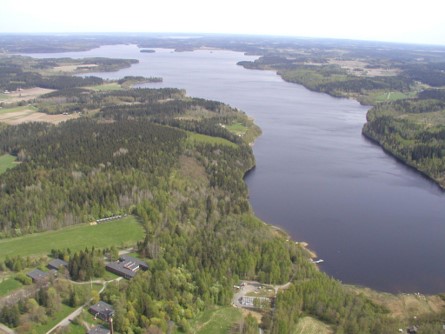
- Date: Monday 23rd June
- Cost: 60 €
- Capacity: 50 participants max
- Departure: 8:30 am
The University of Helsinki’s Lammi Biological Station was established in 1953 and is situated in the boreal coniferous forest zone in the midst of dozens of lakes, eskers, mires and farms. Located on the shores of Lake Pääjärvi, the station is surrounded by a protected broadleaf forest teeming with biodiversity. Pääjärvi is one of Finland’s deepest lakes and a home of several relict crustaceans. It is also the most intensively studied and monitored lake in Finland.
A short drive from the station is the Evo national recreational area which is the largest contiguously forested region in southern Finland. The research in Evo is diverse, concentrating on forests and various kinds of wetlands. The intensive environmental monitoring in Evo is focused in Kotinen old-growth forest area and the Lake Valkea-Kotinen within. The area has also been an ICP-integrated site since 1988. There the research is conducted also by many other universities and research institutions, such as the Finnish Environment Institute, Natural Resources Finland, and the Finnish Meteorological Institute.
Lammi Biological Station operates all year round and is the largest of the university field stations in Finland. The facilities of the station offer opportunities for multifaceted research and teaching. The station has its own laboratory specialised in water analyses. The extensive monitoring data often covers several decades and gives a solid background for short-term studies and experimental research. The station is a platform in the Analyses of Experimental Ecosystems consortium (AnaEE). Modern experimental facilities can be found in- and out-doors. The station supports a wide variety of research and provides commissioned services in research-related assistance, sampling and analysis.
Lammi programme
08:30 | Departure from Tampere Railway Station |
10:00–10:15 | Arrival to Evo |
10:30–12:00 | Visit Evo, Kotinen area (an extensive monitoring area) |
12:00–12:30 | Bus transport to Lammi station |
12:30–13:30 | Lunch at Lammi station |
13:30–15:00 | Visit Lammi station |
15:00 | Afternoon coffee |
15:30 (ca.) | Departure from Lammi |
| 17:00 | Approximate arrival time at Tampere Railway Station |
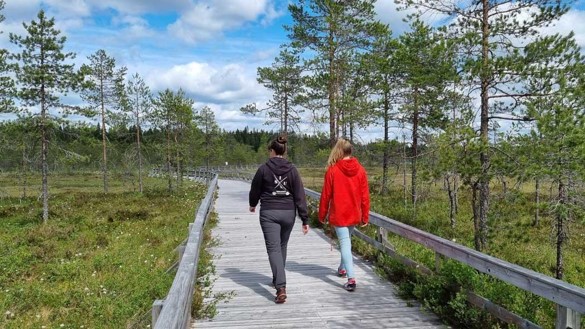
- Date: Monday 23rd June
- Cost: 60 €
- Capacity: 50 participants max
- Departure: 8:30 am
The Seitseminen National Park is located 50 km NW from Tampere. It was established in 1982, although parts of the forest have been protected already in 1910’s. The park contains the history of forest use, but also some of the most ancient and oldest forests that are accessible to public in Finland, including the Multiharju primeval forest with trees over 400 years old. Mires make more than half of the National Park area, with pine bogs, spruce bogs and quite large treeless bogs.
The park has also areas where prescribed burning or rewetting has been done for habitat restoration.
The excursion will be led by a professional Park guide, and lead us through the old-growth forests, restored mires and wonderful natural sights.Seitseminen programme
08:30 | Departure from Tampere Railway Station |
10:00 | Arrival at Seitseminen National Park |
10:30–12:00 | Guided tour to the Multiharju primeval forest, length 2 km |
12:00–13:00 | Lunch at Saari-Soljasen |
13:00–14:30 | Guided tour to the restored Saari-Soljanen marshland, length 2 km |
14:30 | Afternoon coffee (in nature at Saari-Soljasen) |
15:00–15:30 | Departure from Seitseminen National Park |
| 17:00 | Approximate arrival time at Tampere Railway Station |
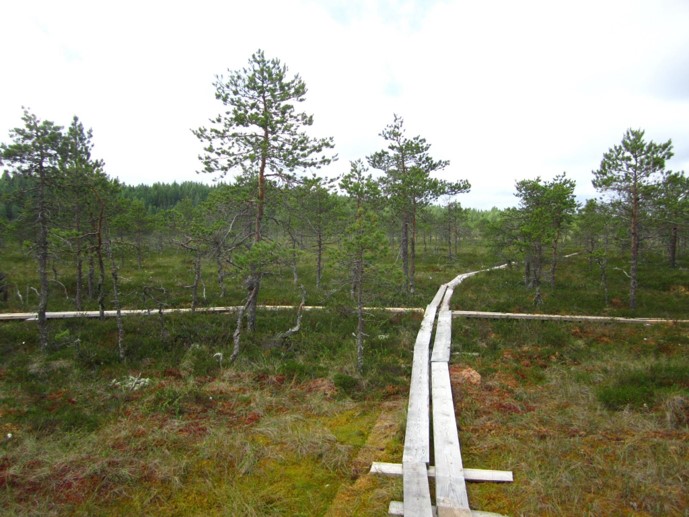
- Date: Monday 23rd June
- Cost: 60 €
- Capacity: 50 participants max
- Departure: 8:30 am
Tammela peatland research Lighthouse consists of three different peatland sites within 5 km from each other. Tammela is located in Kanta-Häme, ca. 1.5 h drive from Tampere to South-West. The landscape is a mixture of upland forests, lakes, forestry-drained peatlands and agricultural fields. Finnish Meteorological Institute, University of Helsinki and Natural Resources Institute Finland study climate and biodiversity impacts of peatland use and management in the area with a focus on climate change mitigation and adaptation, restoration by rewetting, biodiversity and carbon storage.
One of the sites, a pristine pine bog, is located in Liesjärvi National Park, while the other two sites are more fertile forestry-drained peatlands in which the climate and ecological impacts of forest management practices, as well as peatland rewetting, are studied.
The site visit will include:
A guided tour along the boardwalks to the beautiful Tervalamminsuo pine bog with a flux measurement station
A guided tour to Lettosuo forestry-drained peatland with an ICOS GHG flux measurement station to measure the climate impacts of forestry practices
A guided tour to Rottasniitunsuo peatland forest GHG flux station, a site to study the climate impacts of peatland forest rewetting
Tammela Peatland programme
08:30 | Departure from Tampere Railway Station |
10:15–11:45 | Arrival at Lettosuo, guided tour to Lettosuo forestry-drained peatland |
12:00–13:00 | Guided tour to Tervalamminsuo pine bog |
13:15–14:15 | Lunch at the Keppana Kellari restaurant |
14:30–15:30 | Guided tour to Rottasniitunsuo peatland forest GHG flux station |
15:30 | Departure from the field site |
17:00 | Approximate arrival time at Tampere Railway Station |
Welcome receptions

- Registration
- Refreshments
- Meet & greet
- eLTER in Sites (photo exhibition)

- Tampere city hall, Keskustori
- Greetings from Mayor of Tampere
- Refreshments
- Free but requires registration
Conference Dinner
Conference dinner
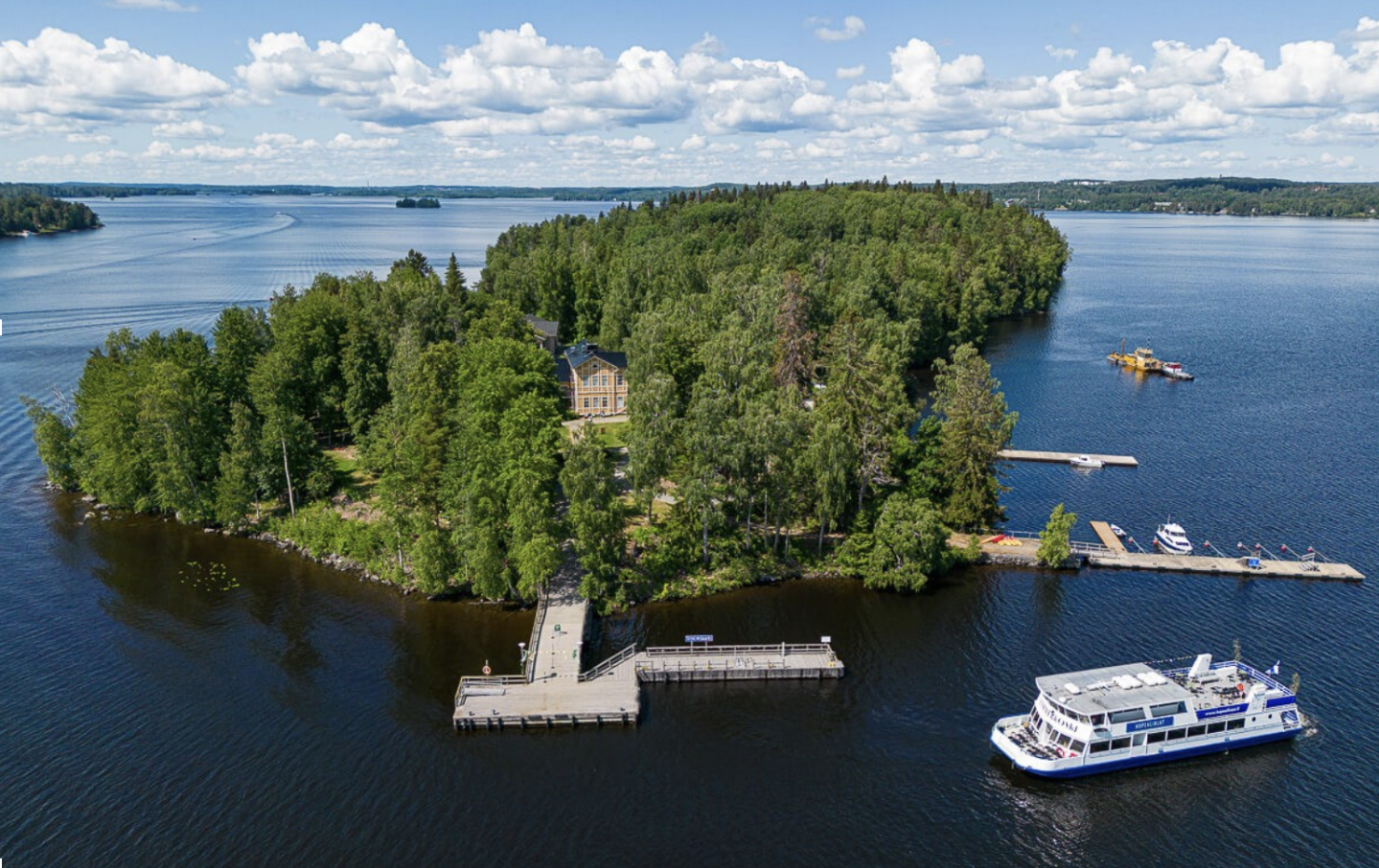
- Conference dinner venue - Viikinsaari
- Ferry transport from Laukontori and back
- Dinner menu price: 65 EUR (includes menu and welcome toast)
Have questions?
Contact us at conference@elter-ri.eu
The eLTER Science Conference is a carbon-neutral event.